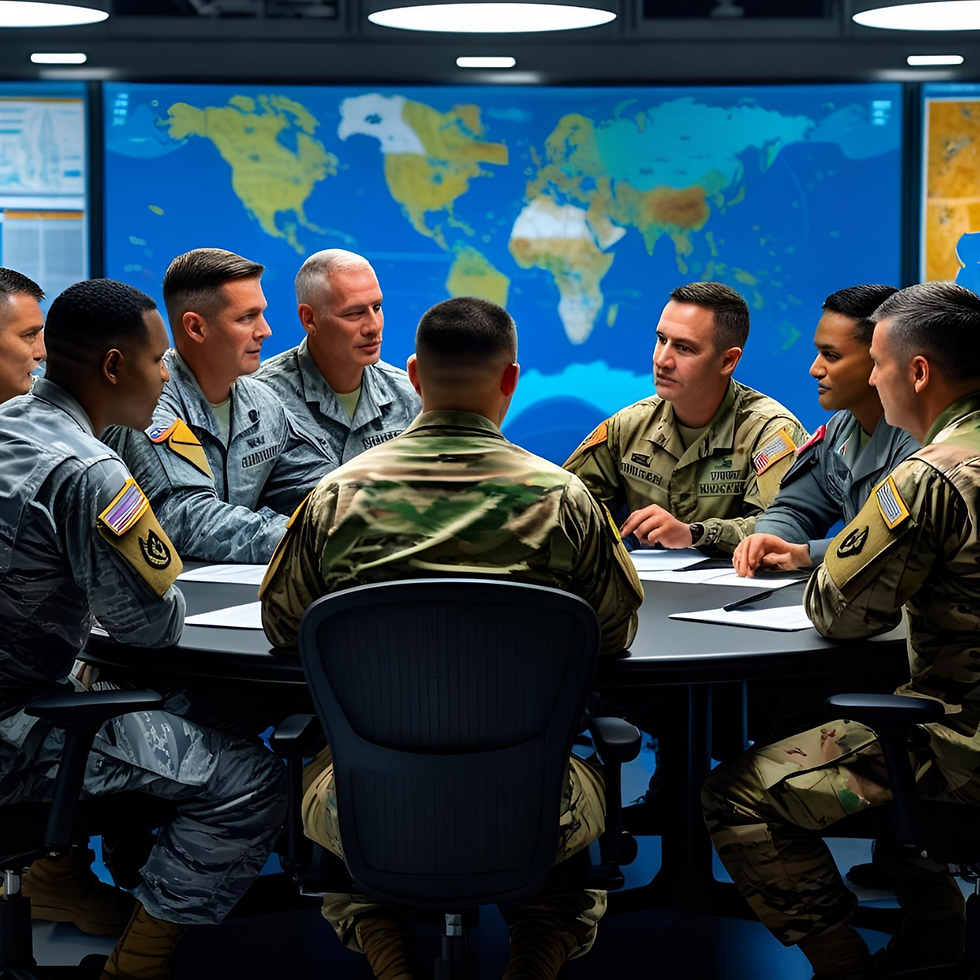Military Leadership and Mental Health: Breaking the Stigma in Command
- taylor crawford
- Jul 27
- 2 min read
Updated: Aug 17

In the armed forces, military leadership is more than rank; it’s a culture built on trust and influence. The chain of command plays a direct role in military mental health outcomes. From encouraging treatment to perpetuating stigma, how leaders respond to mental health can determine whether service members seek help or suffer in silence.
Military Leadership Sets the Tone for Mental Health
The command climate influences everything from how mental health is discussed to whether service members feel safe seeking support. When leaders normalize mental health care, they reduce the stigma associated with it. When they ignore it or mock it, they reinforce silence.
Fear of Career Consequences Prevents Treatment
One of the top reasons military personnel avoid therapy or behavioral health services is fear; fear of being labeled weak, losing promotions, or being removed from duty. Even when policies protect careers, the perception of risk remains unless leaders advocate for care.
Crisis Response Can Save or Cost Lives
When service members show signs of distress: burnout, PTSD symptoms, suicidal ideations, the command response is critical. Leaders who respond with empathy and immediate resources foster trust. Those who minimize or punish mental health concerns create long-term damage.
Trust and Psychological Safety in the Ranks
Psychological safety, the feeling that one can speak up without fear of judgment or punishment, is essential for maintaining good mental health. Units with open, supportive leadership have better wellness outcomes, higher morale, and lower burnout.
Positive Command Models that Support Mental Health
Some leaders are making a difference:
Monthly mental health briefings that include leadership participation
Proactive check-ins with struggling service members
Integrated behavioral health specialists embedded in units
These actions reduce stigma and increase early intervention.
Conclusion: Mental Health is a Leadership Priority
Mental health isn’t just a personal issue; it’s a readiness issue. The chain of command influences whether service members thrive, burn out, or fall through the cracks. Military leaders must adopt a broader role as mental health advocates, in addition to their traditional tactical leadership responsibilities.




Comments